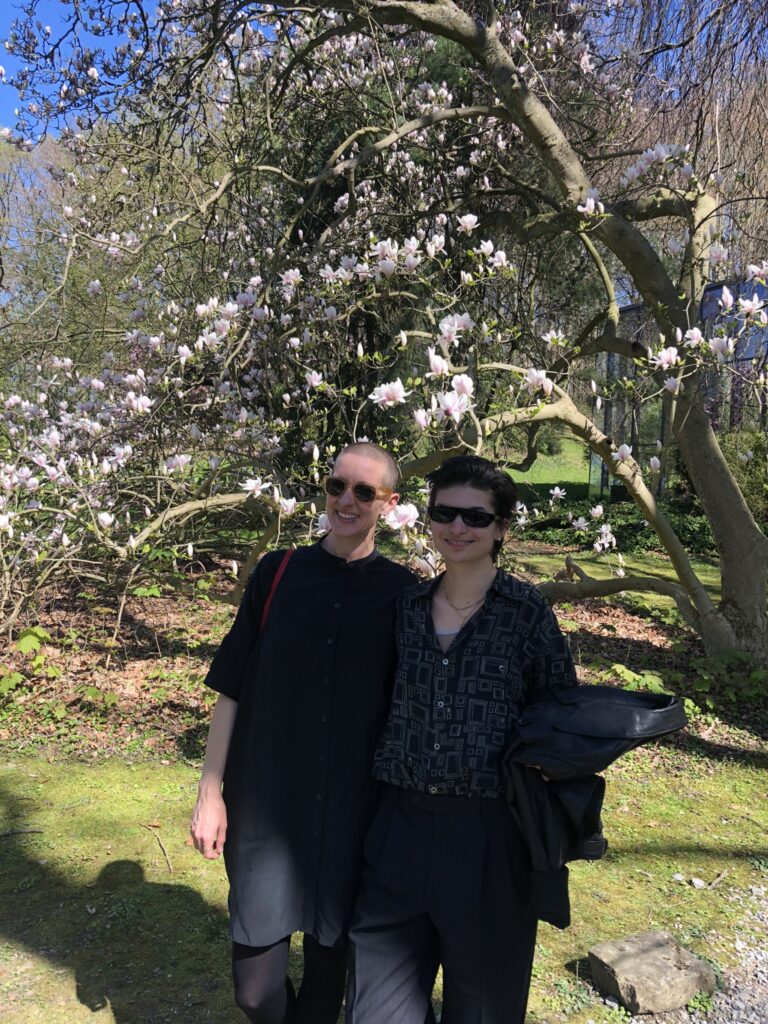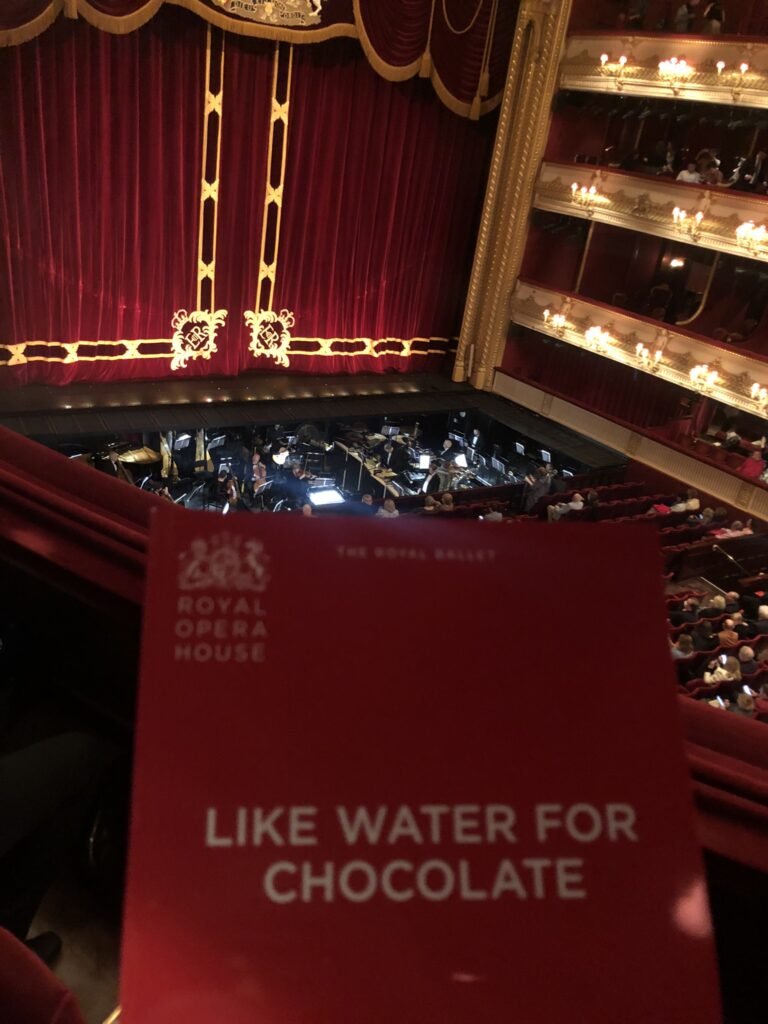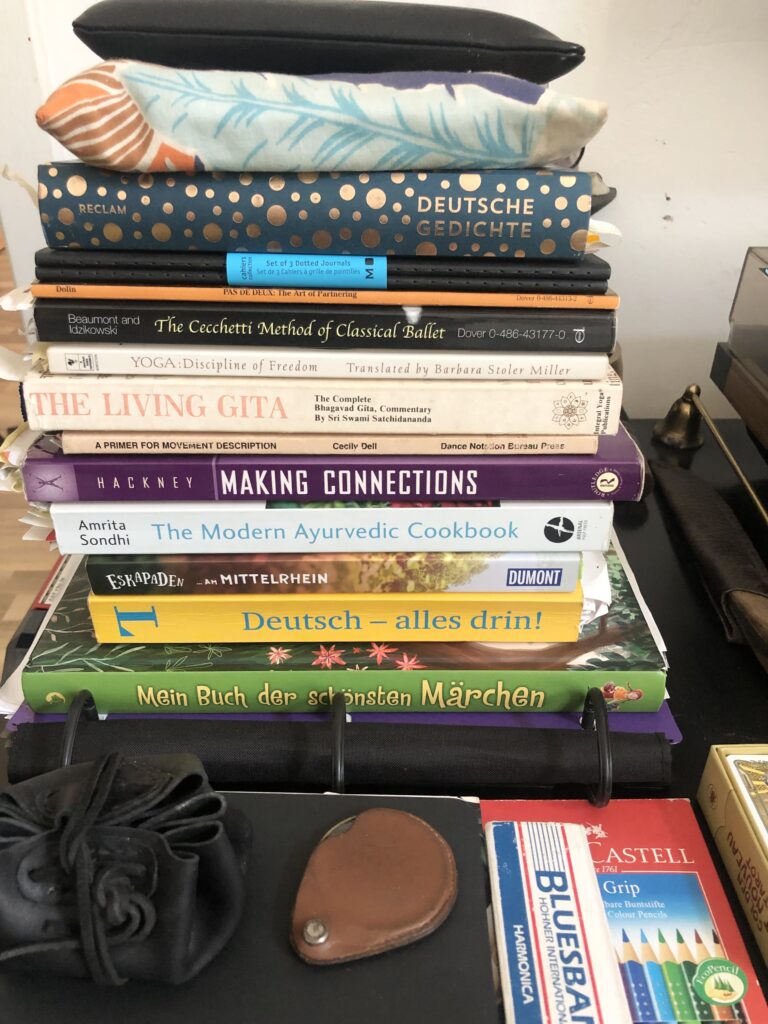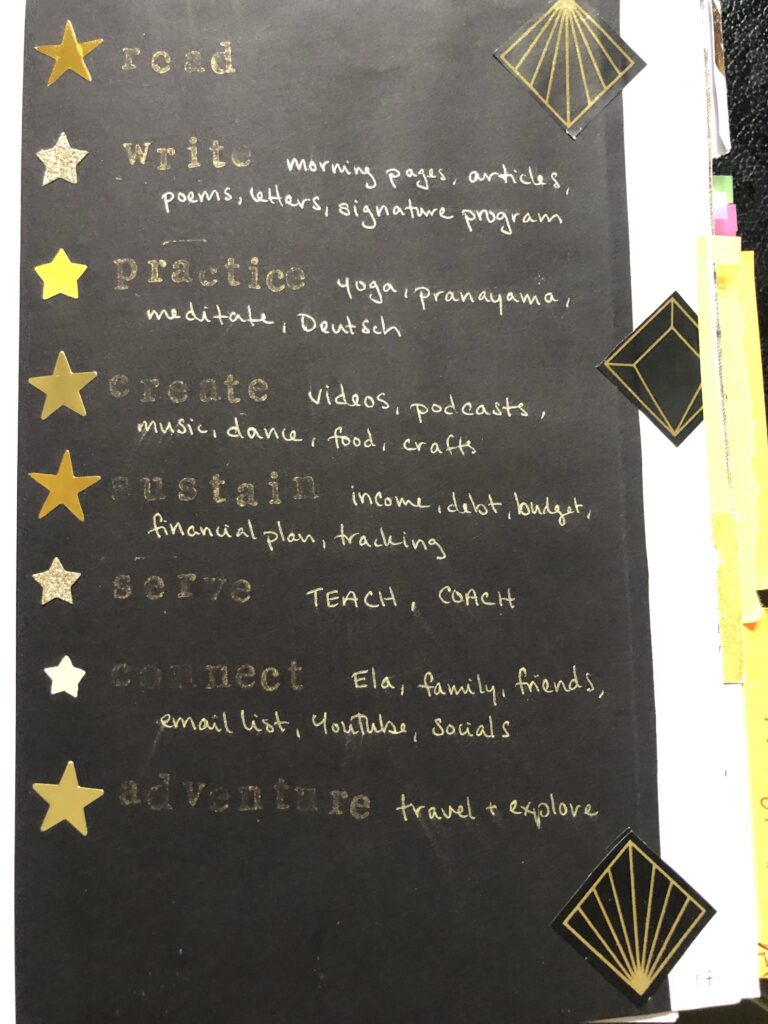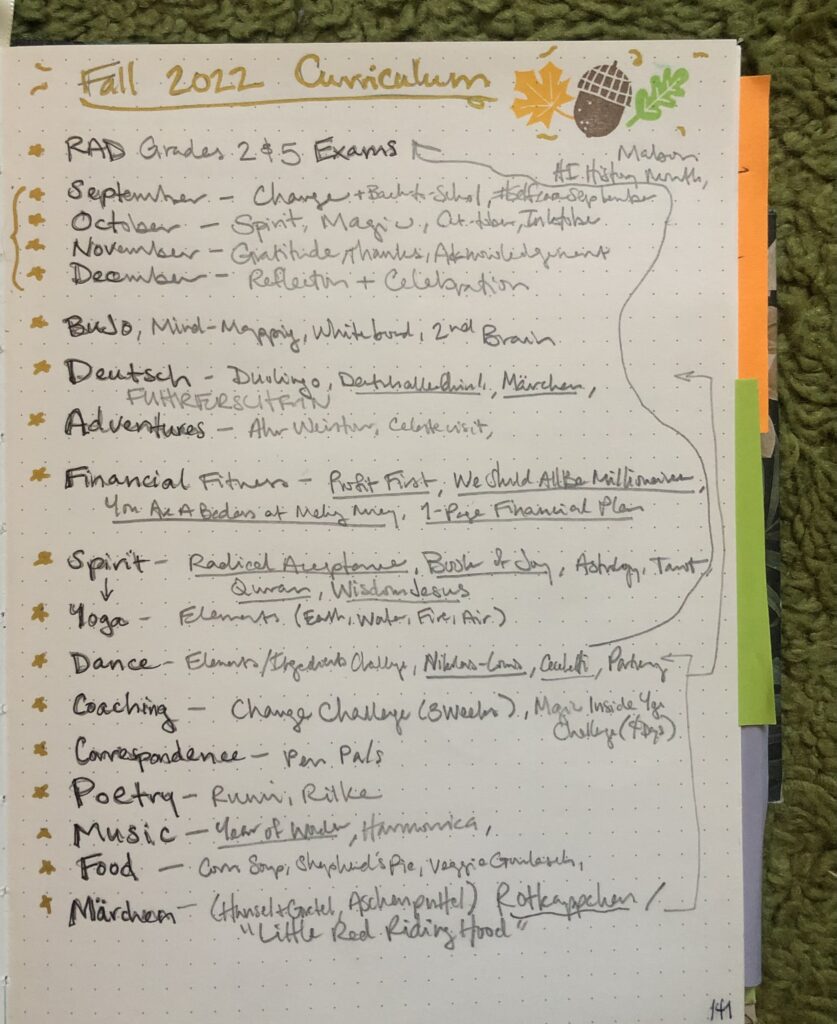Doesn’t it feel good to do a thorough clear-out at the beginning of a new chapter in your life? Our physical, mental, digital, and analog systems can all use a periodic audit to make sure we are on track to live the life we intend.
The following methods bring order to chaos, help me reflect, plan, memory-keep, and create. However, your process and system are bound to look differently and I share this only as a brainstorm of ideas that I hope will inspire your own journey of discovery.
Here’s what I’ve been doing during the transition from 2022 into 2023 to look back in reflection, assess my current needs, and look forward to project the future. It is wintery indeed in Cologne this year, so it really feels like the right time to snuggle up in a cozy and organized space to reflect, journal, and dream.
Know What is So
My first step is to understand what practices, habits, and goals I’ve been tracking and measuring and assess my results in the last period. Before I can strategize my success, it is important to know how the current projects and plans are going.
Some Metrics I Tallied for 2022:
- Shared Creations: for me this includes published videos, blogs, podcasts, emails, posts, challenges, choreographies, performances, new connections made through sharing my process through various means
- Income and Expenses: business and personal financial goals
- Habits: rituals such as reading, writing, practicing, creating, connecting, sustaining, adventuring, and celebrating
Amanda McKinney’s Annual Reflect & Project Process helped provide structure to my Entrepreneurial and personal goal process this year. It includes:
- Thoughts/Feelings
- Oh Shoot List/What Didn’t Work
- Wins/What Worked
- Celebrate
- Life, Growth, Revenue Goals/Intentions
I captured all my thoughts on my dry erase board, then distilled down the data and reflections in my Bullet Journal with very simple spreads that include the numbers and assessment for Q4 and an Annual Reflection that feature Glows (wins) & Grows/Let-Gos (challenges, learning, and to release).
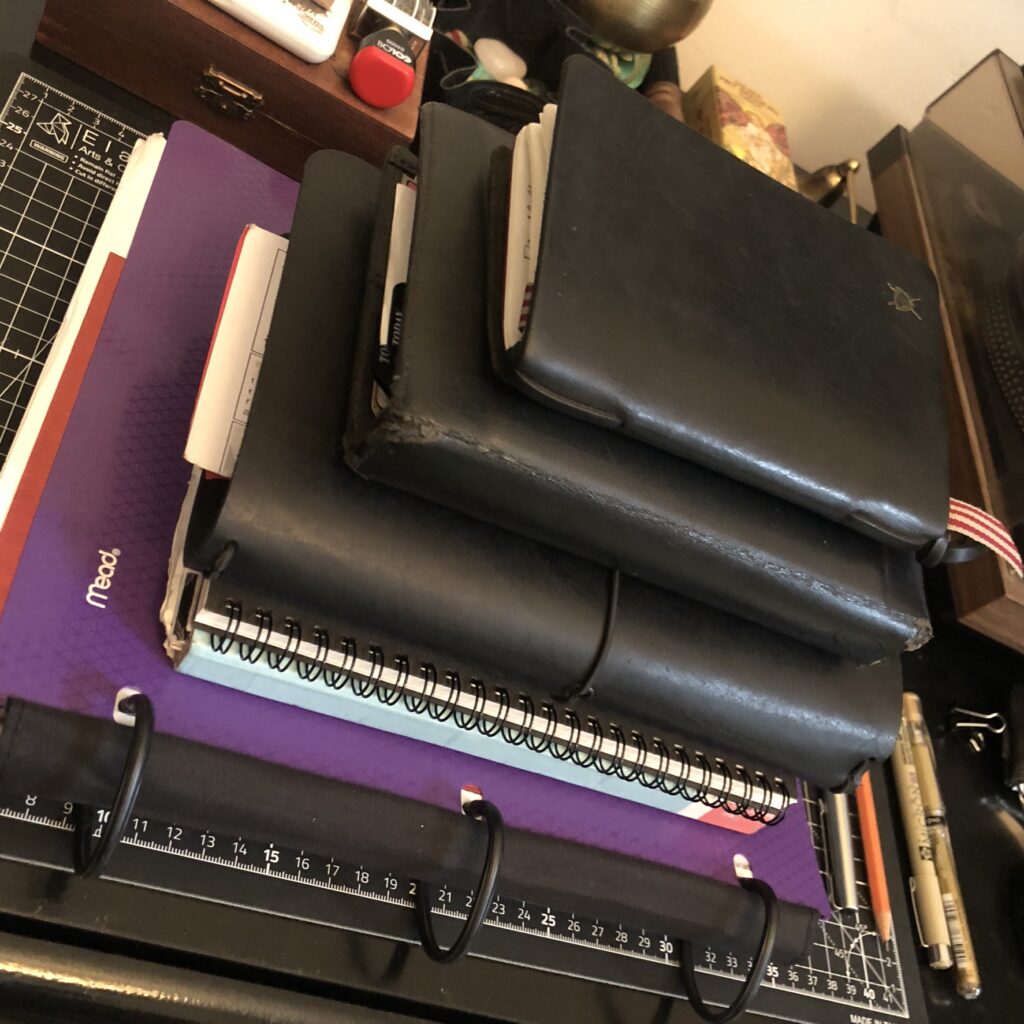
Get Clear & Complete
A more thorough process of clearing such as the Accomplishment Coaching Completion Exercise, or another in-depth tool might also be needed to release any lingering energy around the previous year’s efforts, goals, and results.
I find it helpful to do at least annually, as well as at other times I feel stuck or incomplete.
This coaching tool involves ten questions to provide clarity, release, and empowerment. Book a complimentary Discovery Call with me to learn more.
Choose Word of the Year
Since about 2018 I’ve been choosing a Word of the Year / Stand / Intention to shine a light toward my highest objective.
This makes it simple to remain present to my intention and check in throughout the year about whether my goals are in alignment and actions are in integrity.
Refresh Your Soundscape
Treat your senses, including audio enjoyments that suit your current mood or imagined ideal state of flow.
Choosing songs to suit my objective or project, and making playlists is another great way to refresh your outlook and your space as you set the tone for positive changes.
Check out my playlists on Spotify and/or create your own:
Make a Love List
Courtney Carver introduced me to the idea of a Love List and I like this pressure-free way to brainstorm what I would love to happen in the coming year. Why not create a vision of my fantasy accomplishments, situation, and being?
Not that I must do all of the things on the list, but that these dreams can influence my tangible aims, think big and expansive before reigning in to SMART goals and specific tasks.
Declaring what you would love to happen can allow the subconscious to work on what you really want to create, not just what you think is possible for you.
Start Quarter / Month Goals
After I set a clear intention and broad goals for the year (based on previously-established longer-term goals and vision), it is time to chunk the actions into smaller and smaller bits, so the next step is to break down Quarterly Goals and then Monthly Goals for Q1.
I like to start with a sketchy outline of what I plan to do each quarter, with structure to inspire me but enough wiggle room to allow new ideas to unfold.
Then I elaborate details on a month-by-month, weekly, and daily basis.
Notebook Migration
One of my favorite parts is migrating and refreshing my Bullet Journal, and in the video that follows I am walking through the evolution of my BuJo and notebooks system, what my current setup, approach, and collections.
Brands and items I mention in the video are just what I personally use, based on personal experience and opinion, and I encourage you to use whatever supplies you have access to and enjoy.
BuJo Setup / Migration might include:
- Dashboard – easy reference for Word of the Year, Vision Board, Goals, etc.
- Future Log – important dates and themes for each month of the year
- Collections (in Annual Book), Goals & Intentions, Projects
- Monthly, Weeklies, Quarterly Reflections (in “Quarterly” Book)
Refresh Physical Spaces
I like to clean, organize and provide new visual stimuli in my living and working environments. A deep spring clean may follow, but for now I seek to get key functional areas in order. Some ideas:
Body
Could be a “spa day” or small treats as part of your refresh process:
- Satisfying Nourishment
- Feel-Good Movement
- Peaceful Rest & Sleep
- Fresh Haircut
- Smooth Mani/Pedi
- Pampering Scrub or ritual bath
Home, Office, Digital Spaces
Decluttering / Refreshing Physical and Digital Spaces creates a clean slate feeling, greater ease and concentration. Some places to look:
- Inboxes – digital and analog
- Closet/Wardrobe, Cosmetics, Kitchen; most used areas
- Audit/update office and craft supplies, especially regularly used notebooks, pencils, pens…

Quarterly Refresh
Preparing for a new year is of course also a quarterly transition as well, and so I have a similar but somewhat scaled-down process that I implement quarterly, including:
- Update my altar
- Seasonal Decor, Ephemera, Stamps
- Review Monthly Reflections & Results
- Quarterly Glows & Grows in BuJo
- Review Ideal Daily/Weekly Schedule
- Clear Inboxes
- Declutter, clean, organize
It can be invigorating to reflect and refresh on smaller scale on a monthly and weekly basis as well. Observe patterns, be accountable, and have the flexibility to adjust course as needed.
Remember to celebrate! Do a little dance and pat yourself on the back, you are ready to launch into a fresh new year or chapter of your life, anytime you want.
May these or other practices provide you with the sense of renewal that you seek, and I look forward to working together in the coming year.
Questions for Reflection
- What rituals do you have to start again with a clean slate?
- How do you let go of the past?
- What are your 2023 (or annual) and Q1/Quarter goals?
Resources for Further Refreshment
- Luscious Life Playlist of Videos on YouTube, articles:
- Reflective Practice through Journaling
- Goal-Setting for Dancers
- Why Bother Distinguishing Your Why? 5 Tips for Purposeful Living
- Magic Words: Affirmations & Stands
- Order & Inspiration out of Chaos: 2022 BuJo
- Powerful Portfolios to Catalyze Your Greatness
- Orienting to Place, Purpose & Vision
- Artful Archiving
- Building Healthy Habits
- My Creative Morning Ritual
- Notebook Lineup 2022: Analog Journals for Creativity
- 2022 Reflection
- 2021 Stand, Objectives & Projects
- 2021 6-Month Check-In & Re-set
- 2021 Reflection
- 2020 Reflection
- How I coach creatives
Blythe Stephens, MFA, Bliss Catalyst
they/them or she/her
Creator of A Blythe Coach: dance through your difficulties
and take leaps of faith into a joyful, fulfilling life

